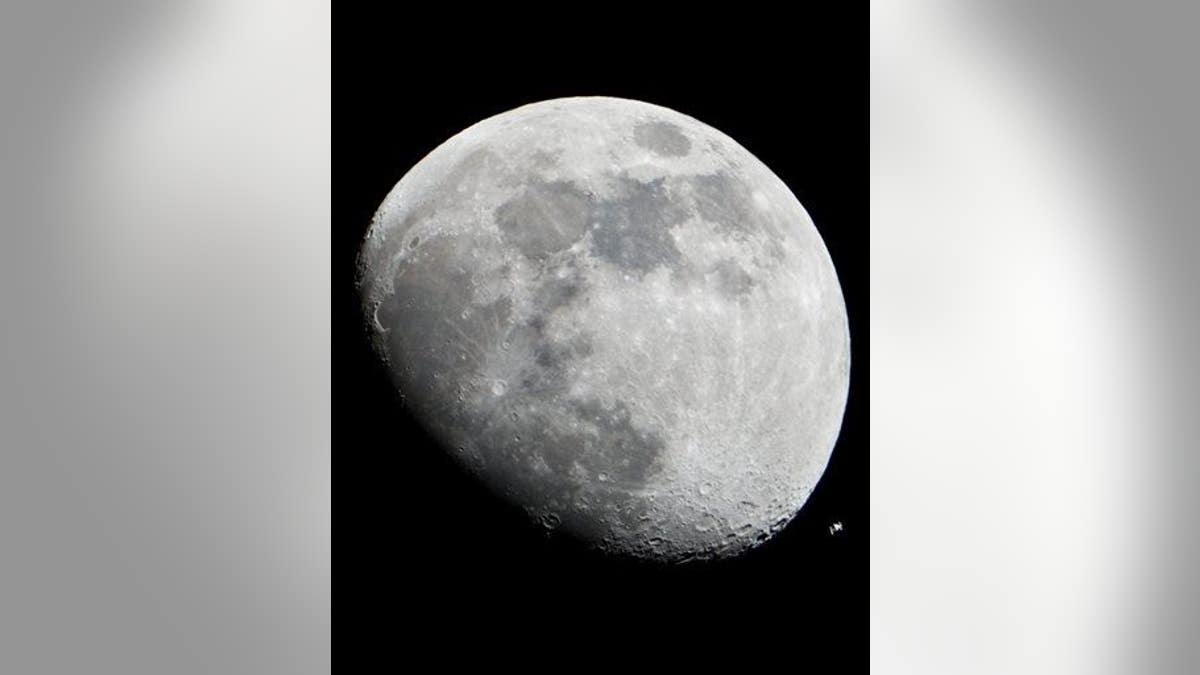
Lunar rocks bolster a long-held theory about how the moon was created. (AP Photo/Lauren Harnett - NASA)
A new analysis of three lunar rocks brought back by Apollo astronauts in the '60s breathes new life into an old theory some thought too simple: that the moon was created when another planet, Theia, crashed into Earth billions of years ago, leaving behind molten debris that eventually cooled and moved into a stable orbit around our planet.
The problem is that, after numerous inspections of the rocks, no one could find any trace of another planet. Until now. Previous analysis of the samples found they were identical to samples from Earth, when they should have shown some difference to indicate they also came from Theia.
But now, "we have ... discovered small differences between the Earth and the moon," the lead researcher tells the BBC. "This confirms the giant impact hypothesis." The difference detected is tiny indeed—the lunar samples carry a barely detectable abundance of oxygen-17, a form of oxygen that has nine neutrons in its atoms instead of the typical eight.
In fact, the lunar samples have just 0.012% more oxygen-17 than is found on Earth, but it's enough to suggest the involvement of another planet that also featured more of the element.
Scientists spotted the difference using a novel technique, explains Time: They sealed the rocks in a chamber of fluorine gas, vaporized a small portion of the rocks with a laser beam, and drained out the gas and vapor, which were then sent through a device called a chromatograph to separate oxygen from the other gases.
This also enabled them to spot the same difference in samples previous researchers had looked at and found no difference. (In other cool space news, astronomers recently discovered a planet with an 8-hour day.)
More From Newser
